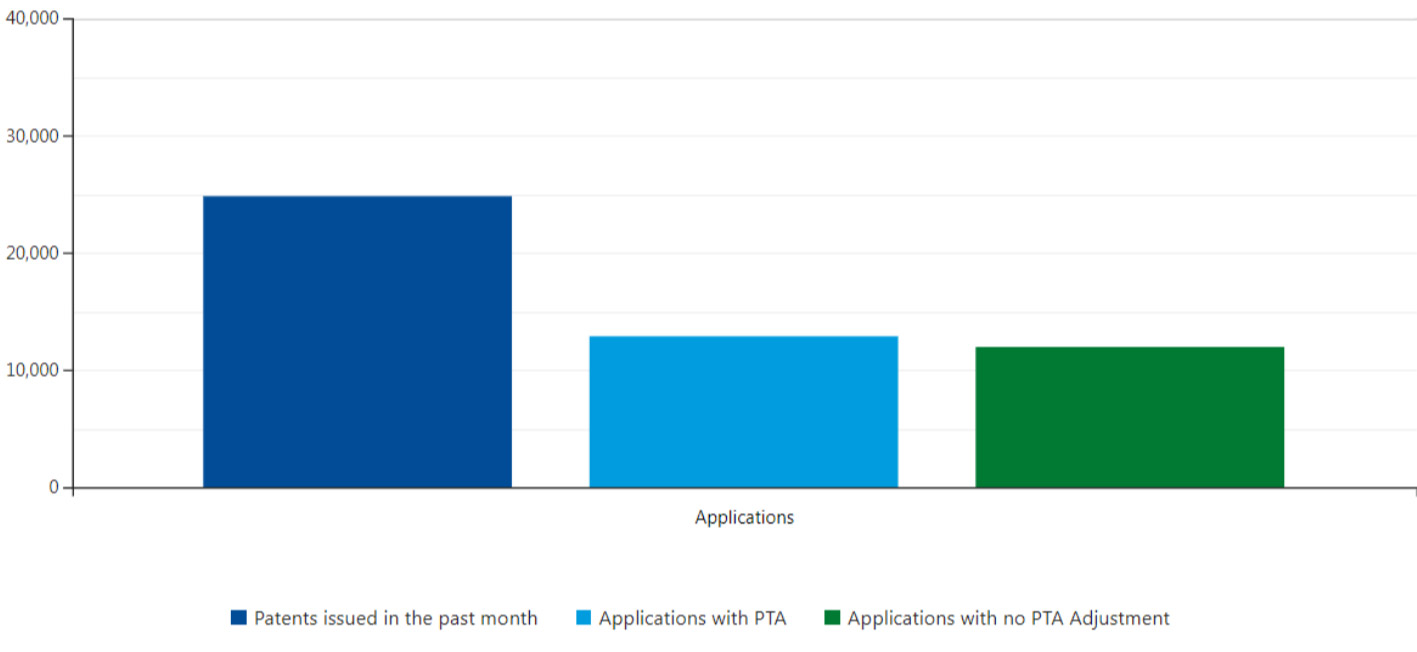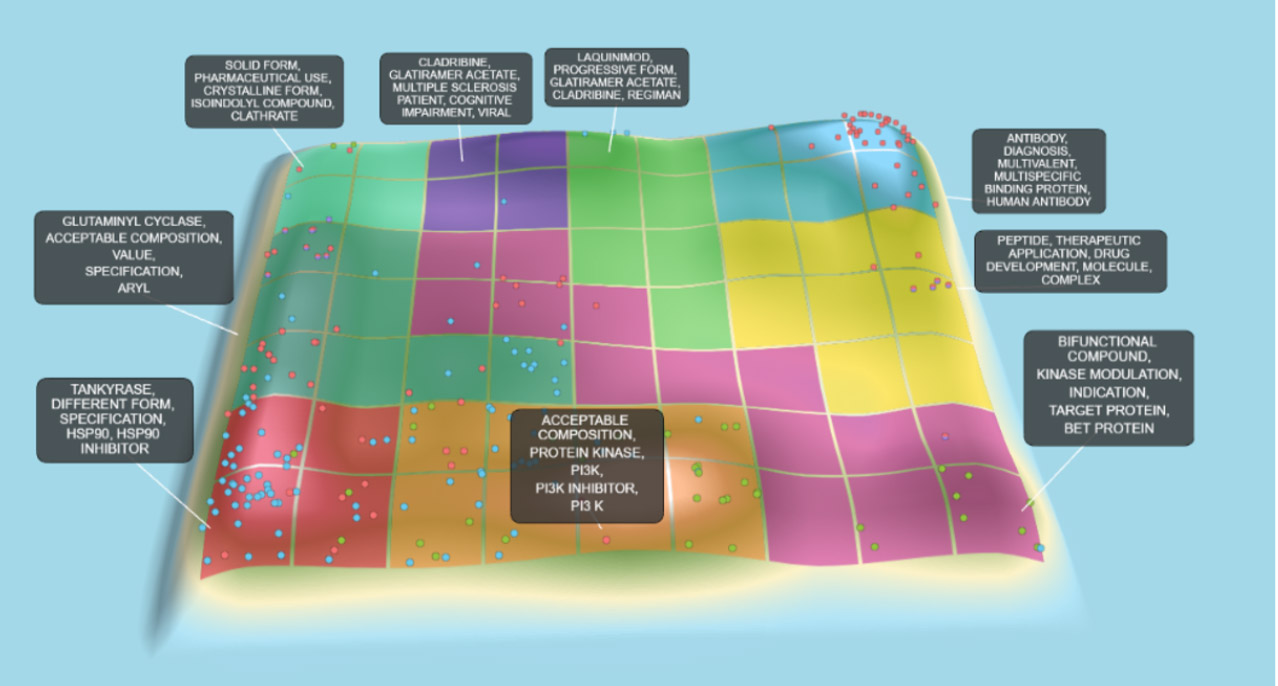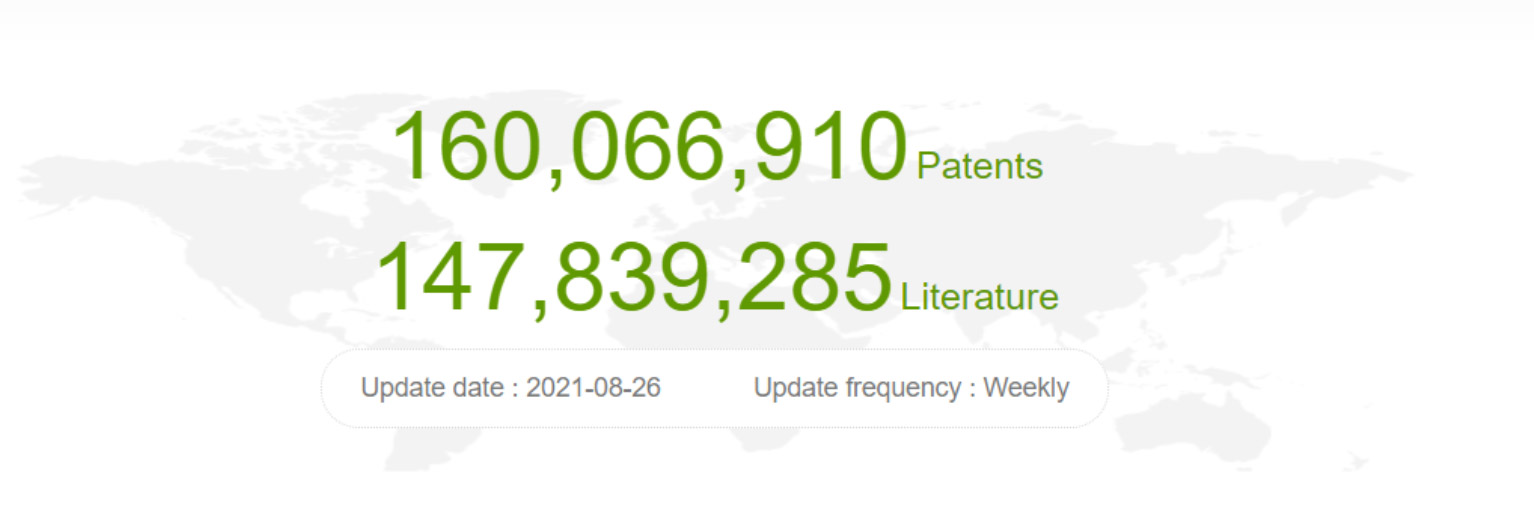3 ways patent insights can help inform innovation (regardless if you’re for or against patents)
Struggling to innovate efficiently? Patent insights can help you identify opportunities, mitigate risk, and inform your innovation strategy.
Since their inception hundreds of years ago, patents have been considered an integral part of the innovation process.
Patents mitigate risks associated with innovation by providing the inventor with exclusive rights to the patented process, design or invention for a certain period of time. As a result of this exclusivity, patents have the power to stimulate research and encourage venture capital. This is especially true for first-to-market products where a patent can mean capturing a large share of the market right at inception.
However, not everyone who files for a patent is granted one. In 2018, more than 3.25 million patent applications were filed, but less than half (1.42 million) were granted. While it is possible to bring an innovation to market without a patent, doing so presents a major risk — namely, lack of protection for the innovator.
This Begs the Question: Do Patents Discourage Innovation?
In a recent Washington Post article, “Our patent system is broken. And it could be stifling innovation,” the modern-day patent industry is critiqued. The article draws focus to industries where extensive patent office delays mean organizations are filing for patent term extensions, thereby justifying higher product prices for extended periods of time.
In contrast, the World Intellectual Property Office states that “Patented inventions have, in fact, pervaded every aspect of human life, from electric lighting (patents held by Edison and Swan) and plastic (patents held by Baekeland), to ballpoint pens (patents held by Biro), and microprocessors (patents held by Intel, for example)” and that “[p]atents provide incentives to and protection for individuals by offering them recognition for their creativity and the possibility of material reward for their inventions.”
Whatever side you may be on — for patents, against them, or somewhere in the middle — patents offer a wealth of valuable insights that can help you on your innovation journey if you know how to use them.
3 Ways Patent Insights Can Help Inform Innovation
1. Track Patent Term Adjustments (PTA):

Patent Term Adjustment is the process of extending the term of a US patent to accommodate for the delay in patent office processing. This extension is in addition to the 20-year lifespan of the patent and is determined based on administration and prosecution delays. To properly navigate PTA on competitor patents or potential licensing opportunities, a descriptive table indicating the type of delays and the total extension could mean better awareness when looking to enter the market with an invention.
A colloquial term for what happens when a company’s revenue starts plunging, or “falling off a cliff,” as a result of many leading products reaching their expiration dates, a patent cliff can be detrimental for an organizations IP portfolio (The Motley Fool). For larger enterprise organizations, this could mean losing a large market share of blockbuster products that are coming up at their 20-year patent expiry. For the small- and medium-sized business (SMB) market, the patent cliff represents an opportunity to develop and sell the product at a significantly lower market price. Descriptive PTA tables mean SMBs are able to track and collect data regarding potential expiries given current extensions.
Effective patent tracking and searching can mean the difference between prevailing or failing in an extremely competitive and regulated industry. In enterprise companies, patent tracking could mean efficient Return on Investment (ROI) on large upfront research costs, and in small to medium sized (SMB) companies, it could mean empowering inventors.

Image: Data for July 2021, indicating the recent increase in Patent Term Adjustments in applications and issued patents. (Source: USPTO)
2. Use Technology Landscapes:

Patent landscaping is the most efficient way to assess large amounts of patent data at once by turning it into a topography that can be annotated, explored and examined (PatSnap). An image like this can help address potential white spaces in the market, the level of patent activity around certain technology spaces, key competitors, and new opportunities for innovation. In order to cluster this data in a readable manner, patent classification codes (IPC/CPC) and keyword clustering are used to group similar patents.
For example, the white spaces on this technology landscape (areas with significantly lower patent activity) could hypothetically be open to innovation and pose a lower infringement risk. Using the animation tool within the technology landscape allows for trend analyses of how technologies have transformed over time and if patents have been transferred across industries. The technology landscape significantly reduces the time required to develop meaningful insights as it’s dynamically linked to automatically updating patents are they are filed. Landscaping can particularly be an asset in emerging or competitive markets as it cuts the patent search time exponentially by dynamically linking all relevant patents within a search criterion and therefore is always up to date on constantly changing technology spaces.
3. Access Data and Non-Patent Literature:

Data aggregation in any patent tracking is crucial to the accuracy and efficiency of market entry and application filing. In order to conduct a holistic patentability search, all patent-related documents across all geographies must be evaluated.
The PatSnap family encompasses all significant documents that share at least one priority claim in that similar technical themes over geographical territories are taken into consideration while conducting freedom to operate or patentability decisions.
Non-patent literature (NPL) also plays a pivotal role in determining Prior Art for an invention. NPL is classified as literature that is not a patent or a potential application as per the patent office. This can include scientific journal articles, conferences, research announcements, public platforms, or withdrawn patents. Proper NPL searching can help identify potential competitors or licensing opportunities, and integration with patent data could mean a holistic decision regarding the patentability of an invention. With regards to effective and timely time-to-value for innovation, NPL searches and data from emerging markets could mean successful market entry in competitive and challenging technology areas.
The Bottom Line
Ultimately, the question of whether patents help, or hinder innovation is independent of how they’re used as a source of information. By tracking PTA’s, using technology landscapes, and aggregating patent and non-patent literature, you can mitigate risks, extract meaningful insights about your industry, and identify new opportunities, making innovation less risky and more efficient.
Author

Piya Jain
Piya Jain is a Project Manager at PatSnap where she assists organizations with all things intellectual property. With both a Bachelor’s of Science in molecular genetics and a Master’s in management, Piya is experienced in aligning to the uniqueness of life sciences organizations.